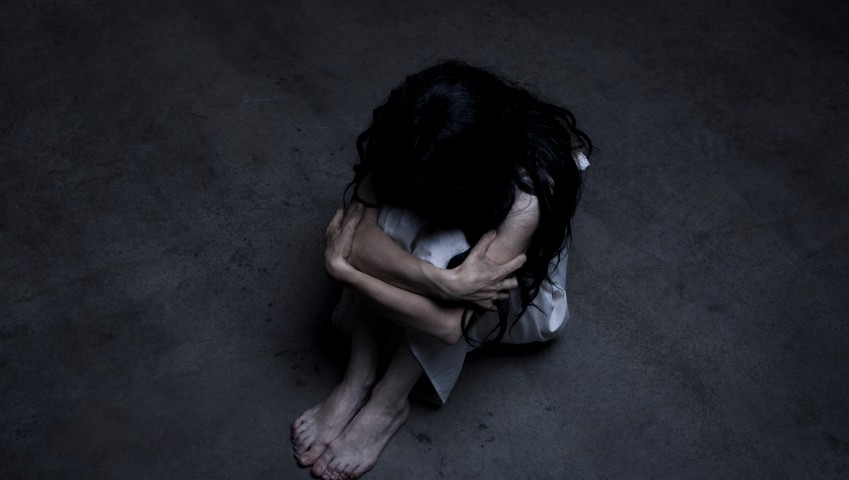A ‘Brave’ Stand: The Fight to End Forced Marriage

This blog first appeared on the Girls Not Brides website.
By the Executive Director/General Counsel for the AHA Foundation
Last month, I took my daughter to see the animated Disney/Pixar film Brave in theaters. Following in the footsteps of films like Aladdin, Brave depicts a familiar storyline: a princess whose parents believe she should marry a man of their choosing, over the young girl’s objections. The parents in these stories, however strict or traditional they may seem, are ultimately benevolent, and the tale typically ends with the King or Queen relenting. The princess’s desire to ‘marry for love’ (or not at all) is validated. The underlying message is simple: getting married is a choice. You have the right to make choices about your own life.
For little girls like my daughter, this message comes as no surprise. The idea of a family forcing a child to marry against her will is just a story, plucked from the pages of a bedtime fable. But for a staggering number of young girls around the world, this scenario is no fairy tale. It’s a harsh and chilling reality.
Each year, an estimated ten million girls are married before they reach the age of eighteen. Countless more are forced into marriage as young adults. These marriages are accomplished through violence, threats of violence, threats of disownment, emotional blackmail, and emotional abuse. The forced marriage itself is often just the beginning of the suffering: victims of forced marriage are at an increased risk for physical and mental health problems, and may be subjected to sustained physical and sexual abuse within the marriage.
There are myriad reasons why a girl or woman may be forced to marry. Parents or extended family members may see it as a means to restore the family’s honor, enhance the family’s status, or secure an economic/immigration benefit. Other families may cite cultural traditions or religious beliefs. Whatever the rationale, one thing is clear: forced marriage is a global human rights issue that threatens the health, well-being and autonomy of its victims.
As Western countries are beginning to realize, the problem is not confined to the developing world. In the United Kingdom, an estimated 5000-8000 forced marriages took place in 2009 alone. In September 2011, the Tahirih Justice Center found as many as 3,000 known or suspected cases of forced marriage within the United States in the two years preceding the survey. Many of these cases involved girls under the age of eighteen.
However, whereas Britain has a dedicated Forced Marriage policing unit and a national Forced Marriage Helpline to assist callers in crisis, the United States currently has no comparable programs. As a result, victims of forced marriage in the U.S. often find themselves with few options, and even fewer resources.
The AHA Foundation is tackling this problem head-on. We train service providers, law enforcement officials and educators to recognize forced marriage cases and ensure victims’ safety. We have commissioned a study to better understand the nature and frequency of forced marriage in the United States. We are also working to establish the first national telephone hotline to assist U.S. forced marriage victims. Our hotline will dispense emergency advice and connect callers with the appropriate law enforcement officials, social service providers, legal counsel, and emergency shelters. This much-needed service will provide a crucial lifeline to those at risk of forced marriage, as well as those who are currently living in a forced marriage situation.
Like the heroine in Brave, my daughter will have the freedom to choose whether she gets married, when she gets married, and whom she marries. The AHA Foundation is working to ensure that the same opportunities are afforded to every woman and girl in the United States. They deserve nothing less.

